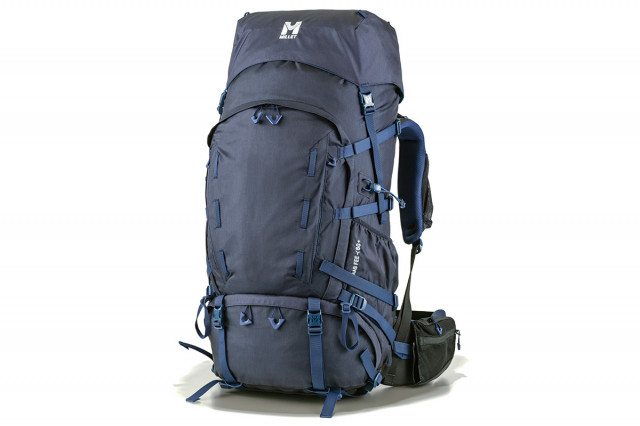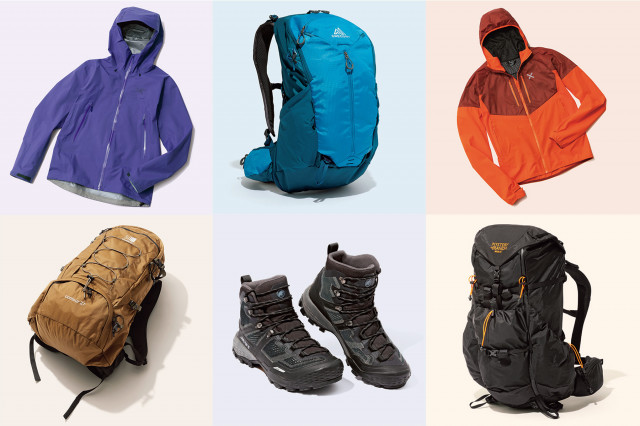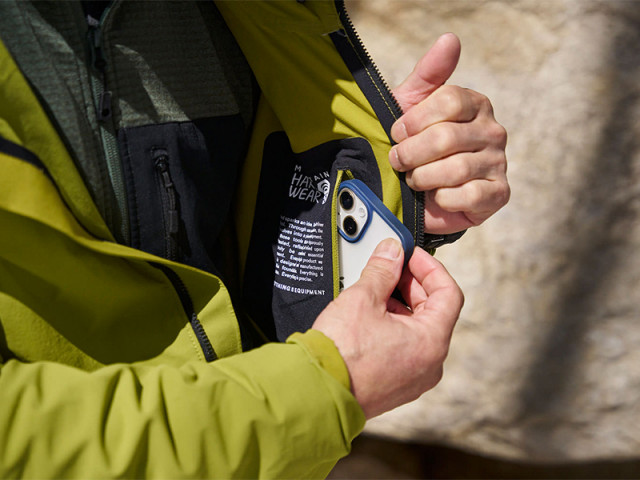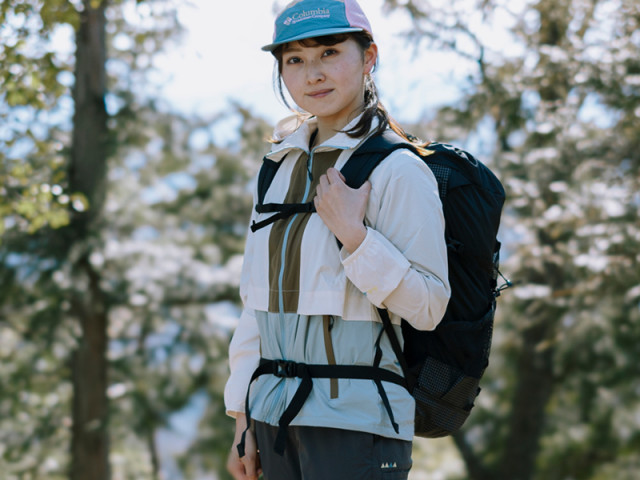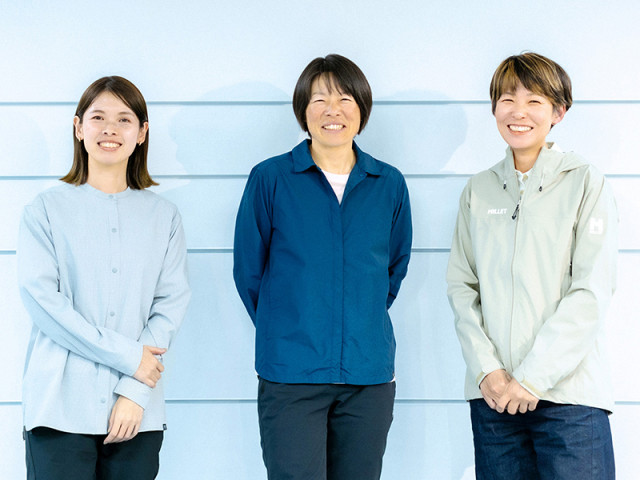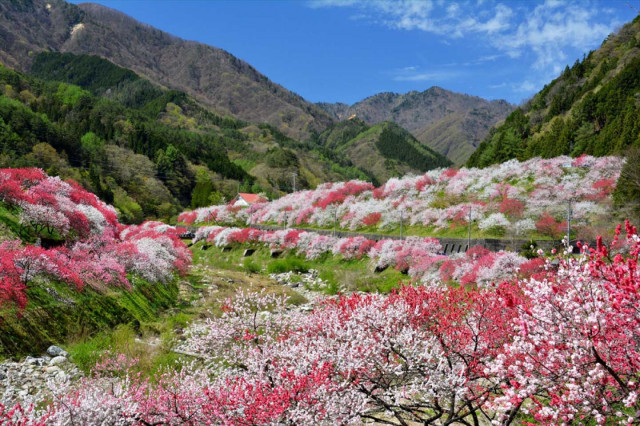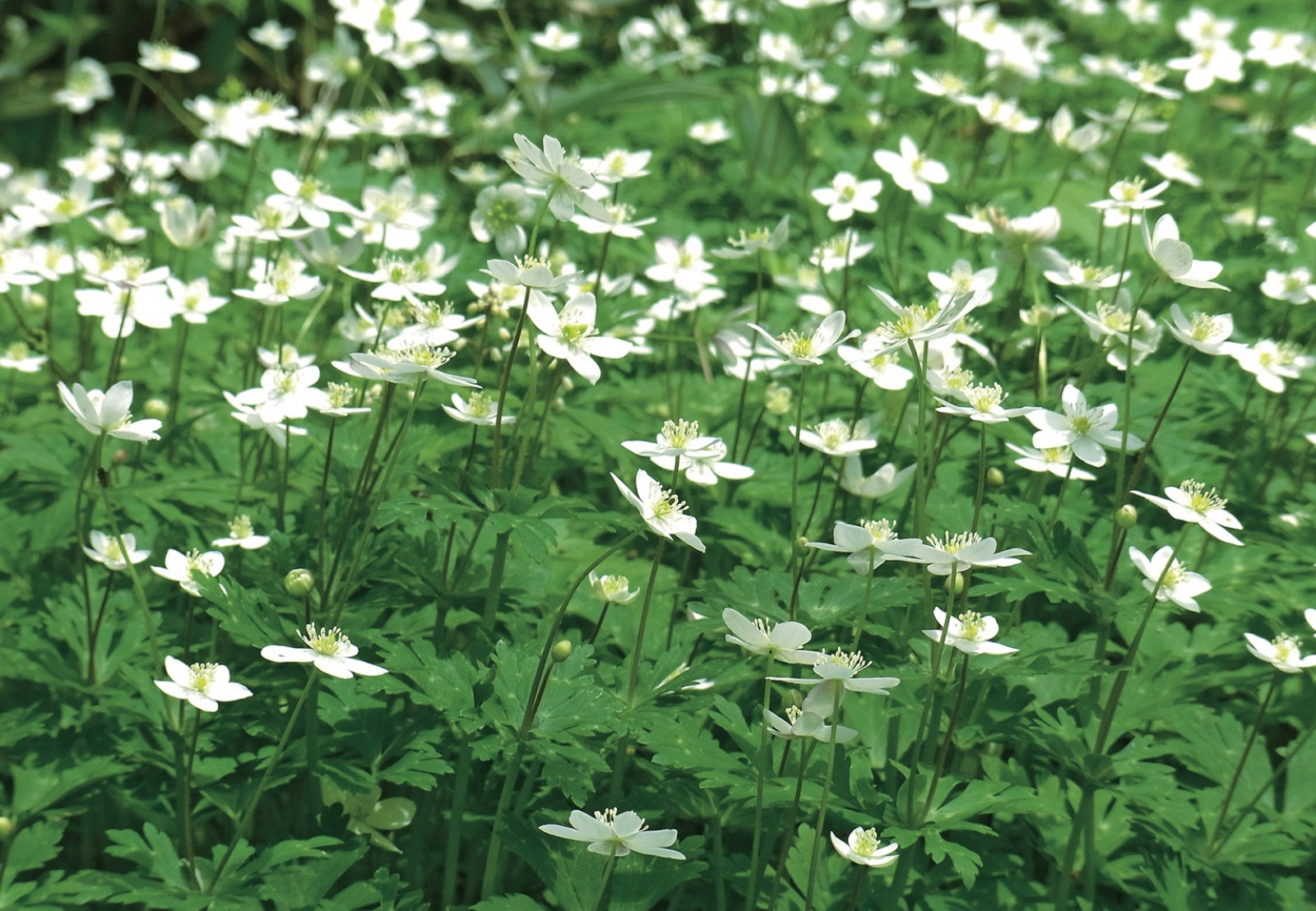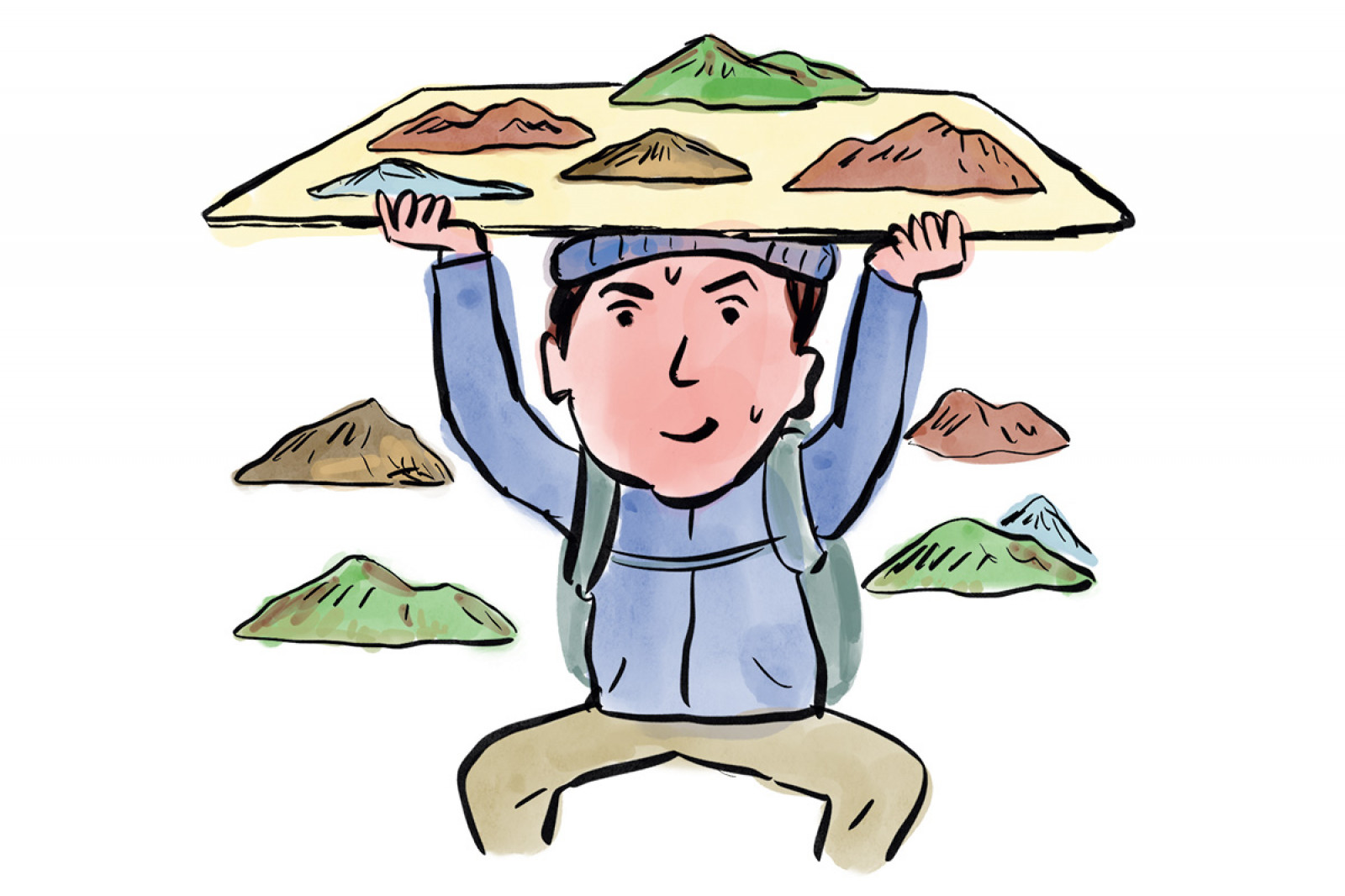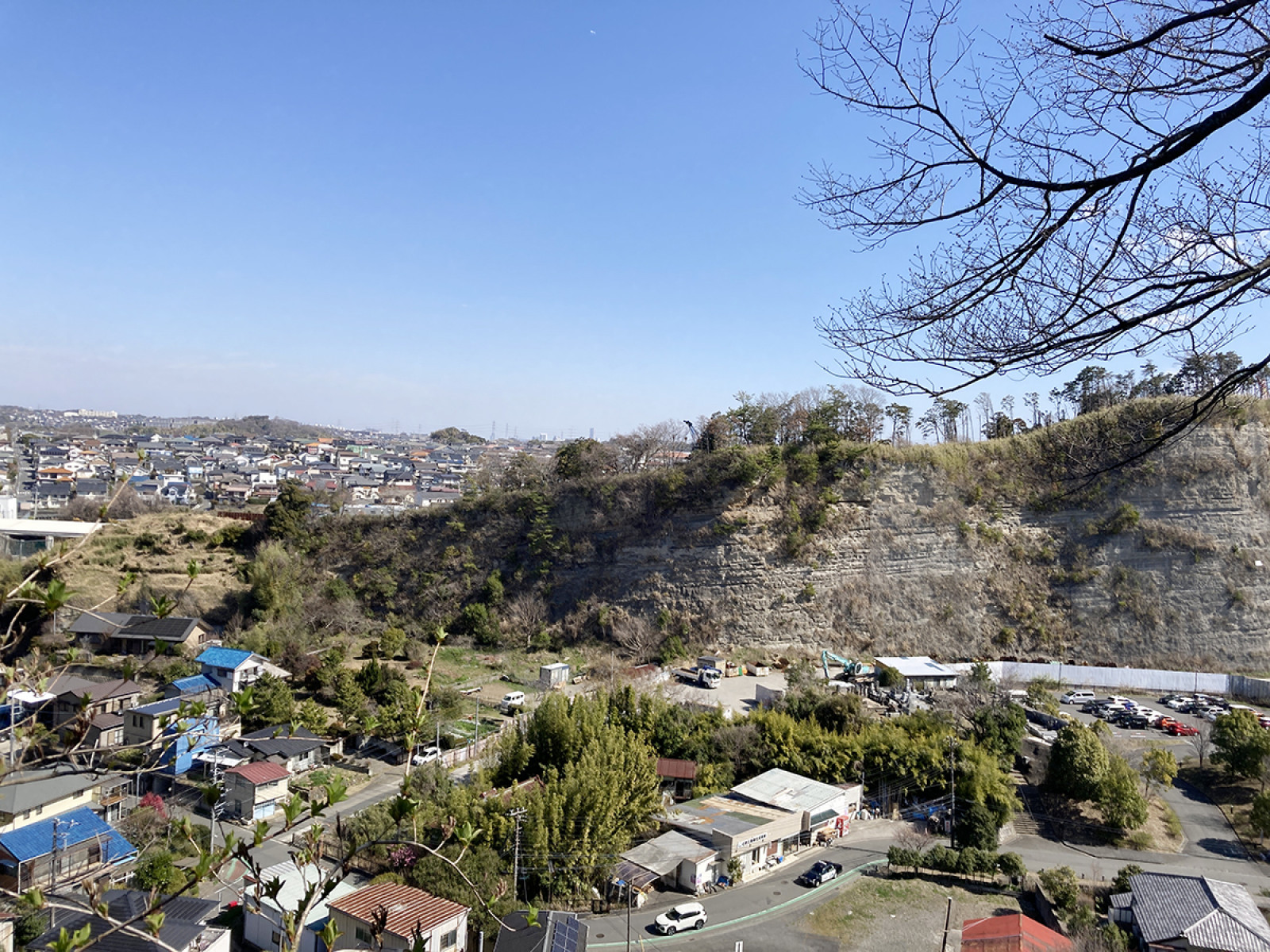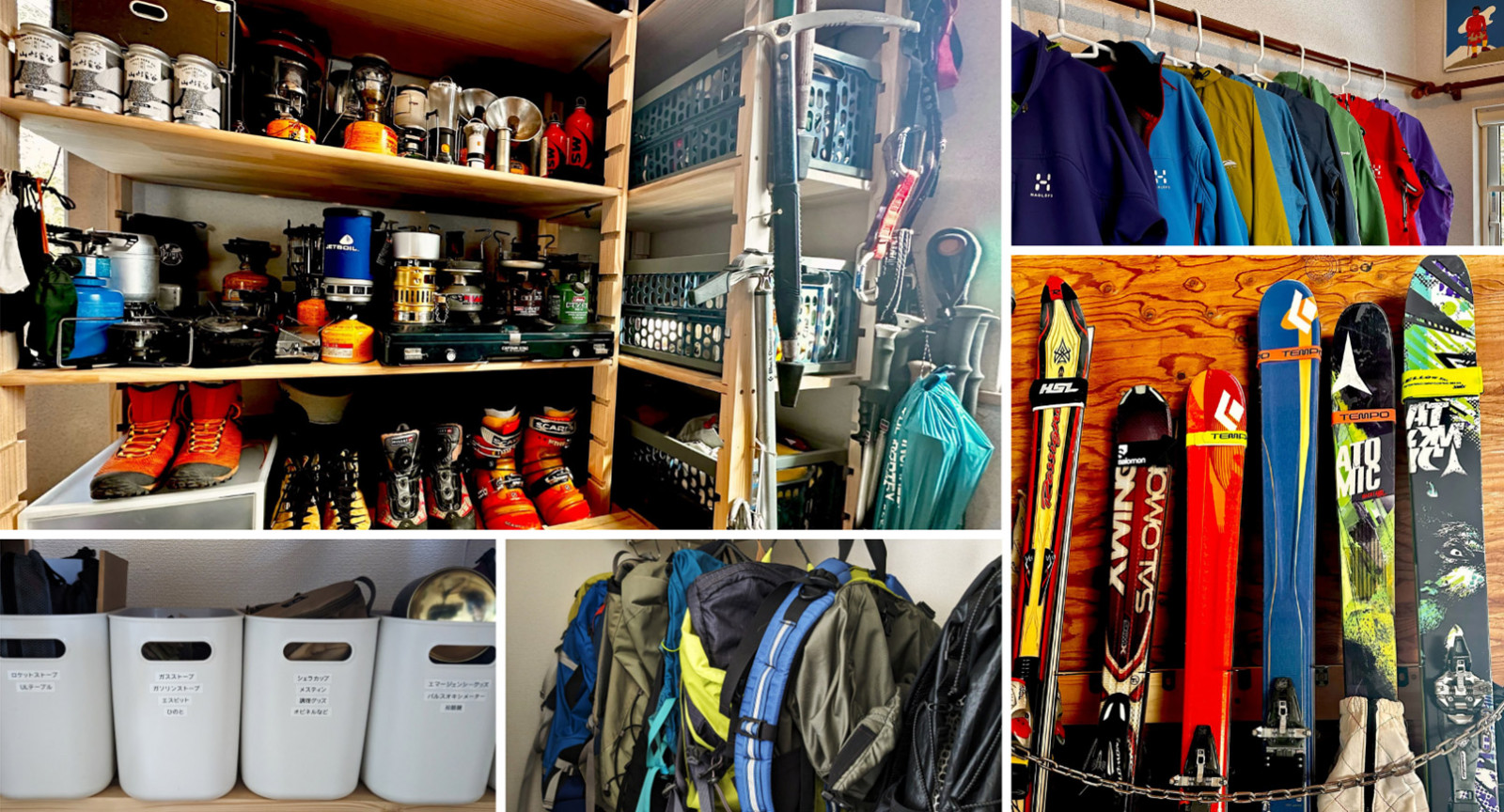大自然と人間を繋ぐ神々への想い ~木曽御嶽山~ 下編
2019年夏――、噴火から約5年、御嶽山山頂への登山が、いよいよ解禁されようとしている。神社や暮らしの中にある信仰を独自に研究する中村真氏が、追悼の想いを込めて御嶽山への登拝の想いを綴る。
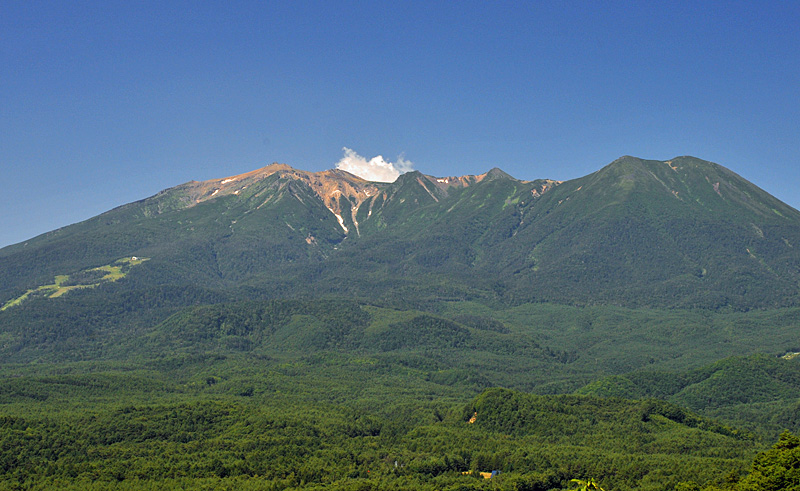
御嶽山への登拝は、先達(指導的な修行者)と信徒が一緒になって体験する聖地巡礼の旅ともいえる。日常と非日常、生と死、この世とあの世、俗と聖などからなる二つの世界の往来の旅でもある。人々は日常の俗なる世界と一時的に決別し、非日常的な聖なる時間が流れる空間的世界へと身を投じることとなる。
厳しい自然との対峙や聖なる世界との交流は、己を超えた宗教的な、より大きな力に生かされている自己の再発見の旅でもあり、それはまた自身の心を癒す旅にもなる。
★前回記事:木曽御嶽山 大自然と人間を繋ぐ神々への想い 上編
御山は岩場や急峻な崖、湧水や植物などの自然環境、あるいは多くの神々が祀られた聖地などの宗教的環境であり、人々は白装束の旅姿に変身して、これらの聖地を巡礼する。夏ともなれば北海道や鹿児島、遠くは沖縄からもその聖地巡礼の旅は始まり、個人で行う登拝も講ごとに行う集団登拝も含めて、昭和の最盛期にはひと夏に約30万人以上の人々を集めたという。
ちなみに直近の富士山登山者の最盛期が2010年の約32万人であることを考えると、御嶽信仰の全国的な広がりを伺うことができる。
各講(登拝グループ)がどのような日程と順路でこの聖なる地を巡拝するのかは、それぞれの講祖(グループを興した人)や崇拝対象により違いはあるものの、それぞれ毎年の巡拝路が決まっている。登拝を行う前には必ず御座(おざ:神がかり儀礼)をたてて宣託を受け、神々の意思に従う祈りをささげてから取り組んでいる。
しかしながら、多くの講に共通する巡拝は最上位の神を祀った山頂、あるいはその遥拝所で祈り捧げることにあり、第2段の神を祀った霊場には選択的な巡拝とされ、第3段の神を祀った特定の聖地には、各講の先達や限られた信徒による巡拝がおこなわれてきた。
御嶽山登拝は単なる登山ではなく、御嶽を信仰する人々によって構築された具体的な空間を巡り神々と交流交歓し、自然と向き合い信仰を深めることにあり、我々の命そのものが神々と共にあることを実感するための山行なのだ。
現代、その登拝ルートは様々あるが、山頂までの最短ルートである御嶽山7合目付近まで車道がひかれた田の原登山口からの登拝者が多いのではないかと思う。
夏の時期には登山口付近の駐車場にはマイカーはもちろん、全国からの「御嶽講」の貸し切りバスが所狭しと並び、登山口付近にはレストハウス(観光センター)や田の原山荘が並んでいるのはご存知の方も多いことだろう。
また登山道の入口の後方に見えるなだらかな山は、御嶽信仰の中でも特に重要視される三笠山で、「刀利天」という仏教における天部を祀っている。
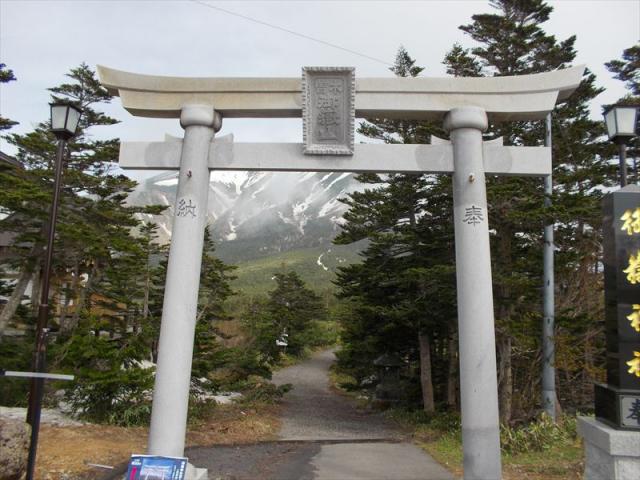
その三笠山を背に大きな鳥居をくぐり、御嶽山に向かい始めると田の原湿原を巡る遊歩道が迎えてくれる。右手にいくつかの鳥居がでてきたら、大きな5円玉の石碑がある神社に出会うことになる。ここが田の原大黒天であり、財運の御利益があるとのことで、多くの登山者も足を止め手を合わせる姿がみてとれた。
その先、御嶽三神の銅像が祀られている遥拝所を過ぎたあたりからだんだんと勾配がきつくなってくる。足腰の悪い方はこの遥拝所にて遥か先に聳(そび)える御嶽山を拝することが大事な参拝となっている。遥拝所を過ぎ、さらに勾配がきつくなってくると、明治初期までその先に女性が立ち入ることを禁じていた大江権現(かつて黒沢六合目の湯川あたりにあった大江権現(御湯権現)より歓請)のお社にたどり着く。

ここから道はいよいよ本格的な山道となっていく。大江権現からは針葉樹の緩やかな道ではあるが、早々にその姿は赤みを帯び、右手には崩壊気味の谷が出てくる。
「あかっぱげ」と呼ばれるその谷の脇を登っていくと、やがていくつかの小堂が立ち並ぶ広場に出た。ここには「御嶽講」の人々が寄進した金剛童子や蔵王権現などの像が祀られているが、昔の登拝修行者はここでわらじを履きかえ、心あらたに御嶽山を目指したという。
その先の尾根を登っていくと、8合目の石室が目に飛び込んでくる。この石室のお蔭で命を繋いだ人は多かったはずだ。さらに歩を進めると、岩の段差が多く次第に勾配もきつくなってきた。一歩一歩に思いを馳せて富士見岩を横目に10分も歩けば9合目に到着し、ガレ谷を左側に見ながら歩けばほどなくこのルート唯一の水場である「一口水」につく。残雪時期には水を頂けるが、8月上旬以降はあてにしないほうが無難だ。出ても一口分にありつけるかどうか・・・。
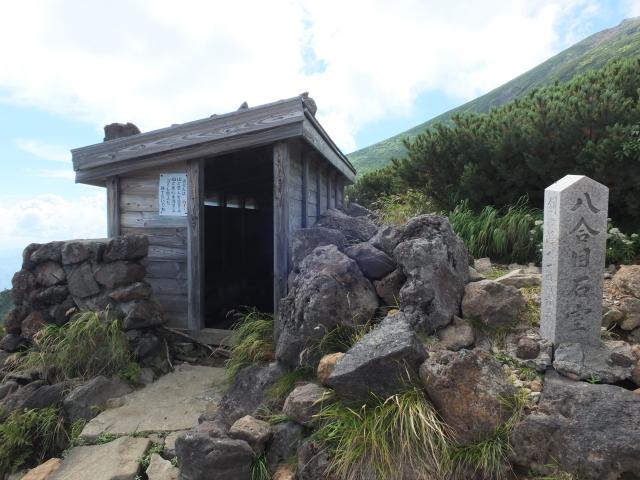
そこからしばらく急登が続くが、乗り切ったところに9合目石室が姿を見せる。その先に山頂と奥の院の分岐があるが、まっすぐ山頂を目指すと5分もせずにお不動さんを祀った小堂に出会う。ここから山頂を望むと遥か遠くに山頂山荘が見て取れるが、まだ先は長い。
本来であればこの先、山頂までのルートが続くが、ここまでの各所にも立入規制、建物の復興工事など災害の爪痕がみてとれ、同時に各所にたむけられた献花も印象的だった。山頂付近はまだ規制線が張られ、神社を含む建築物は痛々しい傷を負っている。
現在もまだ噴火口から1km圏内が立入禁止区域の御嶽山(※)。立入禁止区域の解除のメドは立っていないが、御嶽山に祀られる神々が登拝路を各所で守り続けてくれているのも事実で、御嶽山を守り続けてきた神や仏に出会う巡拝をするならば、必ずしも山頂まで登らなくとも、心象風景にある御山に抱かれ神や仏に手を合わせることができるはずだ。
御嶽山麓に住み、あの火山災害を経ても今なお御山を守り続けてくれている人々と御嶽山に心よせる人々の想いと行動の中にこそ、御嶽大神と諸霊神の姿を見ることが出来る。御嶽山はただの山ならず。心の中に刻まれた心象霊山として今も多くの神々とともに存在する。

最後に繰り返しとなるが、自身の御嶽山への想いを綴る形で書かせていただいたこの記事は平成26年の火山災害のなか、御山にて命を全うされた方々への追悼の想いを込めて取り組ませていただいた。あの火山災害から僕らが学び受け取れるものは果てしなく深く本質的なものだと感じているし、僕自身、今後の山とのかかわり合いの中で心に刻み、日々の登拝を全うしていきたいと考えている。
The gods who connect us with nature - Mt. Kiso Ontake (2/2)
A tohai (mountaineering pilgrimage) to Mt. Ontake is a journey to sacred places that sendatsu (pilgrim guide) and pilgrims experience together. It can also be characterized as a back-and-forth trip on which to experience and ponder about contrasts: daily life and the extraordinary; life and death; the Earth and the celestial world; or the sacred and the profane.
For the duration of the pilgrimage, the participants make a clean break from their ordinary worldly lives and throw themselves into the spatial world where a sacred, completely different flow of time presides. The harsh natural environment challenges you, and in it you are embraced by a sacred world.
Surrendering yourself to something far bigger than yourself and realizing that you are not living, but rather, are allowed to live, is a spiritual expedition of self-rediscovery, and at the same time a self-healing retreat.
The mountain holds plenty of both natural and spiritual elements: crags to climb, precipitous cliffs, clearest water springs and a diverse range of plant-life; and, all across the mountainside, a great number of deities are enshrined.
Pilgrims wear a traditional white ensemble to make the journey. During the summer season, people come from all corners of the nation to make their pilgrimages, which begin right from their doorsteps. A few decades ago, when this kind of spiritual journey was at its peak, it is said that more than 300,000 people made their pilgrimage to Mt. Kiso Ontake in a single summer. The largest number of people to climb Mt. Fuji in recent years was 320,000 in 2010. This brings some perspective to how many pilgrims Mt. Kiso Ontake has drawn and continues to draw from all over the nation.
How each kou (pilgrimage group) designs their route and timing to visit this holy land varies slightly among them, depending on the founder of the group or their subject of worship, but each group sticks to its own original route every year.
Prior to their climbing the mountain, they never fail to conduct a deity-invocation ritual called “oza”, during which they receive divine messages and dedicate their prayers to following the deities’ intentions. The primal destination for the majority of kous is the summit, where the highest deity or deities are enshrine, or given a specifically-designated space in which believers can pray being far-distant from the summit.
The hallowed ground of secondary deities is an optional destination, and those of the third level of deities onwards are visited only by especially devout sendatsus and a few congregations. A pilgrimage climb (tohai) of Mt. Ontake is not merely a mountain climb to challenge your physical boundaries, but an ascetic practice done in order to visit various spaces created and protected by people who worshipped and put a lot of faith in this mountain throughout history.
There, you encounter and interact with the deities and deepen your faith in the nature that surrounds you. It’s a time to really feel and remember how our lives are, and have always been, in the presence of the divine.
There are currently several tohai routes available. I believe it’s the shortest route to the top of the mountain – which includes a road for vehicles that reaches the 7th station, the route from the Tanohara Tozan-guchi entrance – that attracts the largest crowd. During summer, the parking near the entrance point is packed with climbers’ cars and buses hired by various kous from across the nation.
If you’ve been there, you probably noticed that the rest house (tourist center) and the Tanohara Lodge stand very close to the entrance. The gentle slope you see in the background here is that of Mt. Mikasa, a prominently important subject of worship. This mountain enshrines the Buddhist deva called “Tavatimsa”.
With Mt. Mikasa behind you, pass through the large Shinto torii gate and you will be welcomed by the wooden bridge-like walkway over Tanohara moor. You will find few more torii gates on your right as you head toward Mt. Ontake, as well as a shrine which has the large stone monument of a five-yen coin. This is Tanohara Daikokuten, the place where Daikokuten (Maha kala, the god of wealth) is enshrined. Many passers-by stop to put their hands together there to pray for the blessing of wealth.
The slope gets gradually harsher from around the “distanced praying space”, where there are three copper statues of Mt. Ontake’s three deities. This distanced praying space is an important place for those people who would find it difficult to progress further, such as the elderly, as this will be the place where they pray to the mountain as they see it far in the distance.
The gradient sharpens further after this point, bringing you to the shrine of the deity Ooe-Gongen. From here onwards, no women were allowed until the early Meiji era (19th century). This is where the route becomes a real mountain track. Above your head are spread the needles of acicular trees, but soon the moderate green slope becomes red with the color of rocks, and you find an almost-collapsed valley on your right-hand side.
The valley is known as “Akappage” (“the red bald”) and walking alongside it takes you to an open field where several small temple buildings are lined up. You will discover many statues donated by people who participated in kous here, enshrining, for instance, Kondo-doushi (Kani-Krodha) or Zaou-Gongen. This was where the ancient pilgrims changed their straw sandals to new ones to signify the freshening of their minds and clothing before heading to holy Mt. Ontake.
Continue climbing up the ridge to reach the stone chamber which probably protected many people from harsh circumstances during their climbs, thereby saving their lives. This is currently called the 8th station of the mountain. From here, the rocky trail now forms steep stairs. The gradient is so sharp that you need to hold your spirit up to move forward one step at a time.
A formation called “Fujimi rock” beholds you from one side, and after 10 min. walk from the rock you arrive at the 9th station. Walking further, with the dry valley on your left, you reach the only spot where you can access spring water: Hitokuchi-mizu (“one sip water spot”). If it’s after August then there is unlikely to be water, but if there is still snow here there might literally be enough to take just one sip.
Between here and the 9th station is another lofty climb. Past the stone chamber of the 9th station, the trail branches off into two paths, one leading to the summit, the other to the oku-no-in (the innermost shrine). Take the path to the summit and walk 5 min. and you find yet another small shrine, this one in honor of Fudo-myoo (Acala Naatha in Sanskrit). Look up to the summit and you might see the summit lodge in the far distance, but you will need to climb quite a bit more to get there.
Since the 2014 volcano eruption, there are many sections for which entry is still restricted, and many built structures are going through restoration. The scars from the natural disaster are vividly noticeable and you will still find many bouquets left at various spots to mourn the passing of the deceased and to pray for their peaceful rest. Around the summit is particularly raw, still bearing many “No trespassing” tapes and all the structures including shrines heavily damaged. Anywhere within a 1km radius of the eruptive crater is off-limits, and there is no projection of when the restriction will be lifted.
But this doesn’t change in any way how all the enshrined deities protect the pilgrimage routes from various spots inside the mountain. If you get to climb this very special sacred mountain, you will be able to have a sincere interaction with these beings, even if you don’t get to put your feet at the top of the mountain. Your knowing the history of this holy mountain should immediately bring you to something sacred, something special, and your putting hands together for that will connect you to this divinity.
Where these deities really reside, in my opinion, is in those people who have chosen to live at the foot of the mountain through the centuries, and who still choose to protect and guard the mountain even in light of the tremendous volcanic hazard, as well as in those who worship the mountain and come together spiritually and physically to visit the site in the name of their faith. Mt. Ontake is not just a mountain. It evokes a powerful image, and remains standing along with its many timeless deities.
Once again, as I write this article about this special mountain, I would like to express my sincere condolences to those who lost their lives there in 2014. What we were reminded of by the volcanic disaster was profound and fundamental, and I myself hope to carry that remembrance with each mountain I step upon, each personal tohai I make, throughout my life.
プロフィール

中村 真
1972年、東京生まれ。雑誌『ecoloco』や書籍『JINJABOOK』などを発行する出版社の代表を務める。現在、イマジン(株)代表として、五感に響く出版・イベント・広告などのプランニングや、社会貢献プログラムなど様々なメディア活動を展開中。
2013年より広島県尾道市に「尾道自由大学」を開校し、校長に就任。学生時代より世界を旅し、外から見ることで日本の魅力に改めて気付き、温泉と神社を巡る日本一周を3度実行。
著書に『JINJA BOOK』、『JINJA TRAVEL BOOK』、『JINJA TRAVEL BOOK2』『日本の神さまと上手に暮らす法』など。
登山者のための神社学
山に登っていると、登山道の途中や山頂に祠を見かけることが多い。これらの祠はいったい何なのだろうか? 神社を巡る日本一周の旅を三度も実行した、中村真氏が、あっと驚く山の神社の話を書き綴る。



